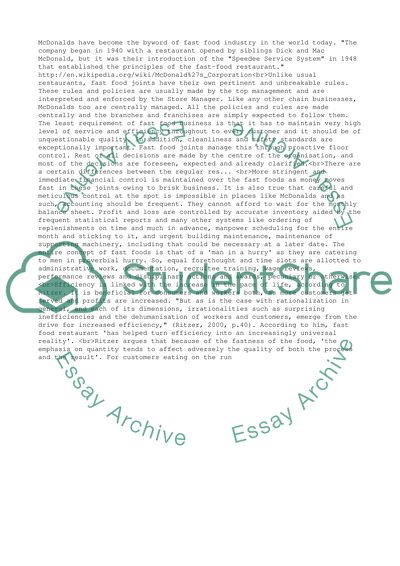Cite this document
(“McDonalds customer service and training model Essay”, n.d.)
Retrieved de https://studentshare.org/business/1534318-mcdonalds-customer-service-and-training-model
Retrieved de https://studentshare.org/business/1534318-mcdonalds-customer-service-and-training-model
(McDonalds Customer Service and Training Model Essay)
https://studentshare.org/business/1534318-mcdonalds-customer-service-and-training-model.
https://studentshare.org/business/1534318-mcdonalds-customer-service-and-training-model.
“McDonalds Customer Service and Training Model Essay”, n.d. https://studentshare.org/business/1534318-mcdonalds-customer-service-and-training-model.


